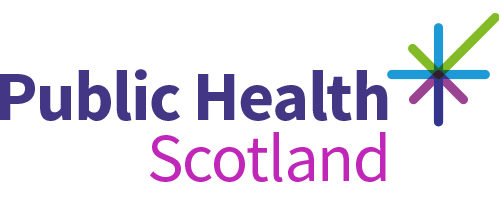- Published
- 16 April 2021
- Journal article
Analysis of thrombotic adverse reactions of COVID-19 AstraZeneca vaccine reported to EudraVigilance database
- Authors
- Source
- Vaccines
Full text
Abstract
The development of safe, effective, affordable vaccines against COVID-19 remains the cornerstone to mitigating this pandemic. Early in December 2020, multiple research groups had designed potential vaccines. From 11 March 2021, several European countries temporarily suspended the use of the Oxford–AstraZeneca vaccine amid reports of blood clot events and the death of a vaccinated person, despite the European Medicines Agency (EMA) and the World Health Organization's assurance that there was no indication that vaccination was linked. This study aimed to identify and analyse the thrombotic adverse reactions associated with the Oxford–AstraZeneca vaccine. This was a retrospective descriptive study using spontaneous reports submitted to the EudraVigilance database in the period from 17 February to 12 March 2021. There were 54,571 adverse reaction reports, of which 28 were associated with thrombotic adverse reactions. Three fatalities were related to pulmonary embolism; one fatality to thrombosis. With 17 million people having had the AstraZeneca vaccine, these are extremely rare events The EMA's Pharmacovigilance Risk Assessment Committee (18 March 2021) concluded that the vaccine was safe, effective and the benefits outweighed the risks. Conducting further analyses based on more detailed thrombotic adverse event reports, including patients' characteristics and comorbidities, may enable assessment of the causality with higher specificity.
Rights
This article is an open access article distributed under the terms and conditions of the Creative Commons Attribution (CC BY) license (https://creativecommons.org/licenses/by/4.0/).
Cite as
Tobaiqy, M., Elkout, H. & MacLure, K. 2021, 'Analysis of thrombotic adverse reactions of COVID-19 AstraZeneca vaccine reported to EudraVigilance database', Vaccines, 9(4), article no: 393. https://doi.org/10.3390/vaccines9040393
Downloadable citations
Download HTML citationHTML Download BIB citationBIB Download RIS citationRISIdentifiers
- Repository URI
- https://rgu-repository.worktribe.com/output/1318738
